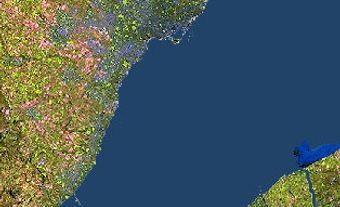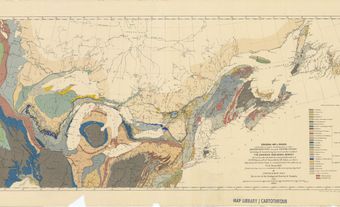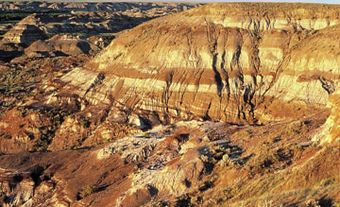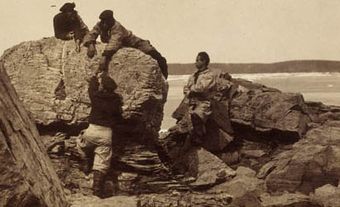John Tuzo Wilson, CC, OBE, FRS, FRSC, geophysicist and geologist (born 24 October 1908 in Ottawa, ON; died 15 April 1993 in Toronto). Wilson is perhaps best known for his research and theory of plate tectonics (see John Tuzo Wilson’s Theory of Plate Tectonics). He was the recipient of numerous honours and awards including the Vetlesen Prize (1978), considered equivalent to a Nobel Prize for earth scientists.

Education
John Tuzo Wilson earned a Bachelor of Arts in physics and geology from the University of Toronto in 1930. He also completed degrees at Cambridge University (1932, 1940) and Princeton University (1936).
Did you know?
In 1935 John Tuzo Wilson became the first person to ascend Mount Hague in Montana, following the example of his mountain-climbing parents. Mount Tuzo in the Rocky Mountains bears his mother's name (see Ten Mountains in Canada Named After Women).
Career
John Tuzo Wilson worked with the Geological Survey of Canada from 1936 to 1939. During the Second World War he served with the Royal Canadian Engineers and reached the rank of colonel. After the war, he was professor of geophysics at the University of Toronto (1946-74) and principal of Erindale College (1967-74). Wilson also served on the National Research Council (1958-64), the Defence Research Board of Canada (1960-66) and the Science Council of Canada (1977-83). Besides his academic work, Wilson wrote for popular audiences, including two books on China, One Chinese Moon (1959) and I.G.Y: The Year of the New Moons (1961), which reportedly helped reopen relations between China and Western countries.
Career Highlights
Wilson was internationally respected for his work on glaciers, mountain building, geology of ocean basins, and the structure of continents. His greatest contribution lay in his explanation of plate tectonics (see John Tuzo Wilson’s Theory of Plate Tectonics). He also pioneered the use of air photos in geological mapping and was responsible for the first glacial map of Canada.
Later Career
After retiring as principal of Erindale College in 1974, John Tuzo Wilson combined his science and public interests as director general of the Ontario Science Centre (1974-85). He remained affiliated with the University of Toronto as a distinguished lecturer (1974-77) and professor emeritus (1977) and was chancellor of York University (1983-86). In addition to preparing an autobiography, which was not completed, he continued a number of writing and research projects during his retirement.
Legacy
Recognition of John Tuzo Wilson’s contributions to geophysics included his election as president of the International Union of Geodesy and Geophysics (1957-60). In honour of Wilson, the Canadian Geophysical Union created the J. Tuzo Wilson Medal in 1978. The Tuzo Wilson Seamounts, located off the coast of British Columbia, are also named in Wilson’s honour (See Also Pacific Ocean of Canada).
Select Honours and Awards
John Tuzo Wilson received 15 honorary degrees and numerous medals and awards from various physics, geology and geography organizations. Some of these honours and awards include:
- Officer, Order of the British Empire (1946)
- Fellow, Royal Society of Canada (1948)
- Fellow, Royal Society (1968)
- Officer, Order of Canada (1969)
- Companion, Order of Canada (1974)
- John J. Carty Awardfor the Advancement of Science, National Academy of Science (1975)
- Veltzen Prize, Lamont-Doherty Earth Observatory and the G. Unger Vetlesen Foundation (1978)
- Fellow, Royal Society of Edinburgh (1986)
- Inductee, Canadian Science and Engineering Hall of Fame (2003)

 Share on Facebook
Share on Facebook Share on X
Share on X Share by Email
Share by Email Share on Google Classroom
Share on Google Classroom










